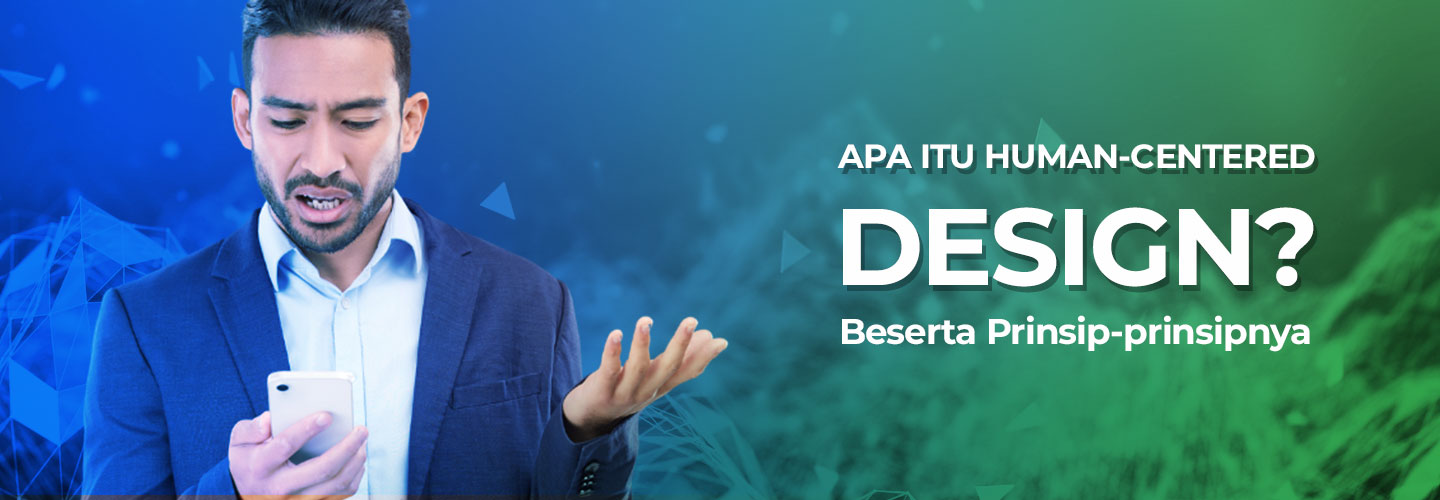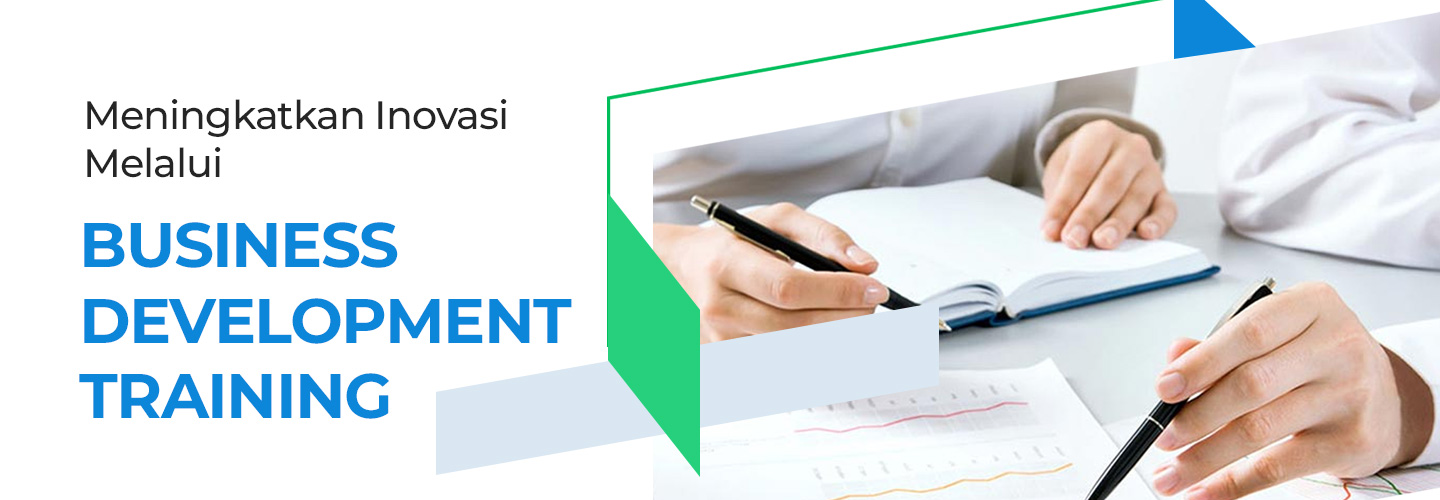Human-centered Design and its Principles

When planning a project or a business, you must be able to create goods or services that are accepted by the market. By creating solutions to consumer problems, your business will be able to survive and continue to grow.
In order to be able to create the right product value and suit market needs, business research must be carried out well. You must identify needs, validate ideas, and engage potential consumers by utilizing human-centered design.
What is Human-centered Design?
Human-centered design is a problem-solving technique that places humans at the center of the development process. This method allows you to create products and services that are appropriate and tailored to the needs of your potential consumers.
The goal of human-centered design prioritizes user desires, problems, and preferences during each phase of the process. As a result, you can create more intuitive and accessible products to generate higher profits.
Human-centered Design Principles
As you focus on human aspects, expand the scope to society to understand human-centered design. Increasingly complex social systems encourage businesses to maintain product design by implementing the following principles.
1. Clarification (clarify)
The first stage needs to start by collecting data and observing consumers to clarify the problem and how to solve it. Rather than simply building a product based on assumptions, conduct user research, make a consumer needs assessment to determine what they want.
The clarification phase requires empathy, namely the ability to understand other people's conditions and emotions. You need to consider the consumer's perspective to formulate what products they currently use, why they choose them and how they use them, as well as the challenges they are trying to solve.
During this phase, you will try to find consumer pain points. According to Dean Datar, researchers need to explore this experience by observing, listening and trying it themselves to find weak points that lead to transformative innovation.
With each answer, leverage the insights to create a problem statement from your users' perspective. That's what you'll try to accomplish in the next phase.
2. Ideas
The inspiration you gather in the first phase will lead you to the second phase, namely ideas. During this stage, you can apply different methods such as brainstorming to overcome cognitive fixation i.e. the assumption that there is only one way to interpret a situation.
Overcoming cognitive limitations aims to be able to generate dozens of ideas that strengthen creativity. This ensures that no one gets attached to a potential solution before it has been tested.
3. Develop
The development phase is where you combine and critique the ideas you've brainstormed to create several possible solutions. By combining and evaluating ideas, you can better meet user needs.
You can determine what you want to do in making a prototype to reduce costs, save time, and improve the quality of your final product.
Three characteristics of human-centered design that are important to consider when critiquing ideas are desirability, feasibility, and viability. When you start prototyping, you should already know the answers to these questions so you can learn more about your concept efficiently.
4. Implementation
The final stage of this process is implementation. At this stage, communicate the value of your innovation to internal and external stakeholders, including colleagues and consumers. This is important to successfully market, adopt, and maintain product growth.
In the implementation phase, take time to reflect on the organizational culture and assess group dynamics. Your team needs to be empowered to develop and iterate user-focused solutions in the right culture.
Even though you have reached the final phase, remember that customer wants and needs will continue to develop. You need to adapt to deal with it. As these needs continue to develop, you still need to focus on human needs (human-centered) to innovate and achieve product suitability in the market.


